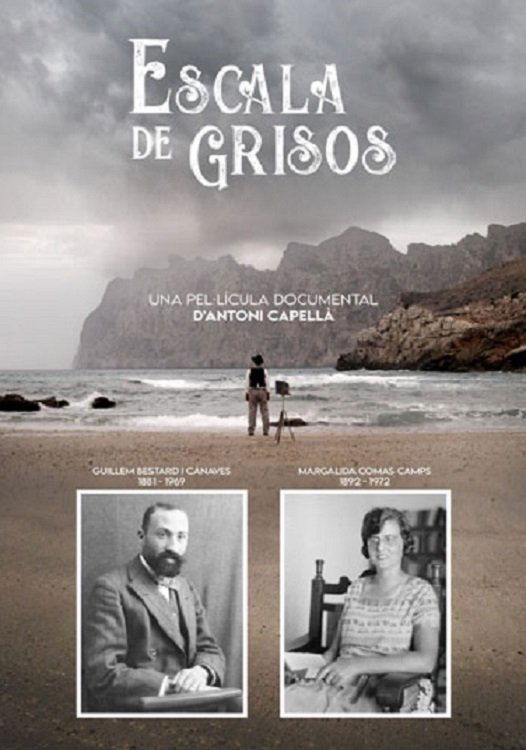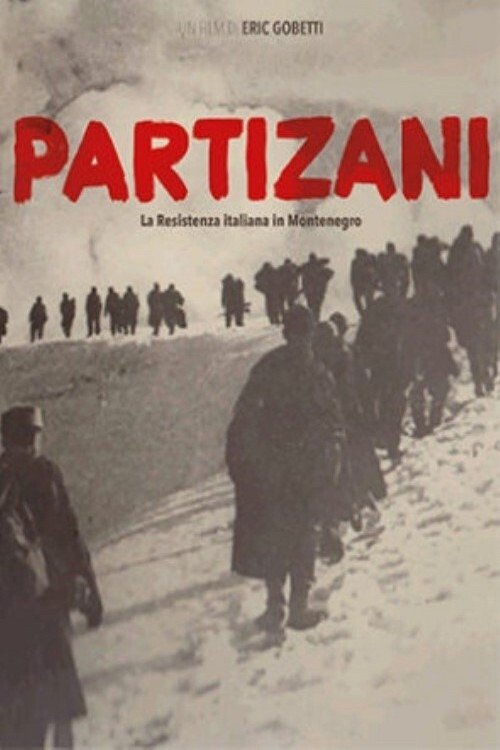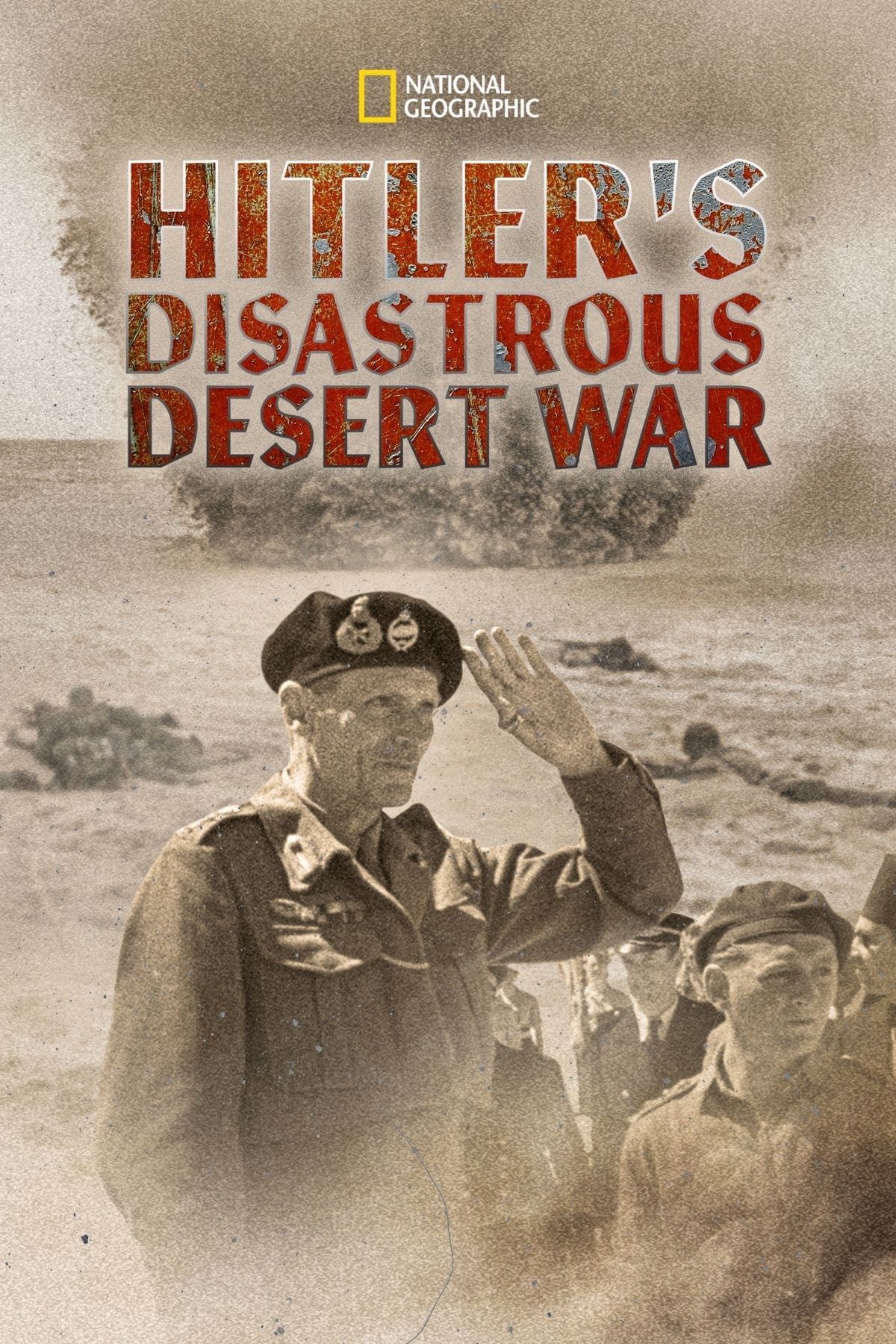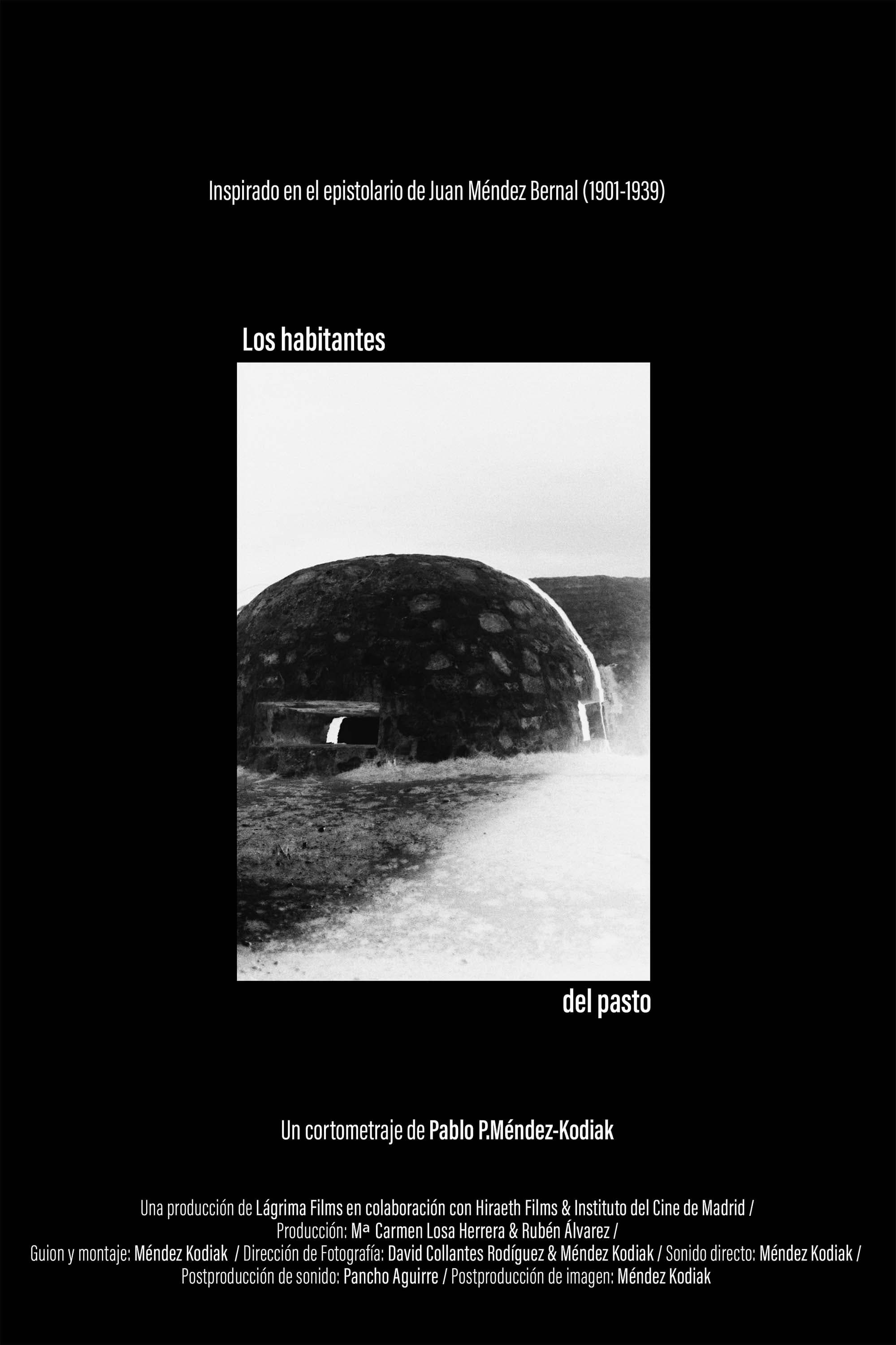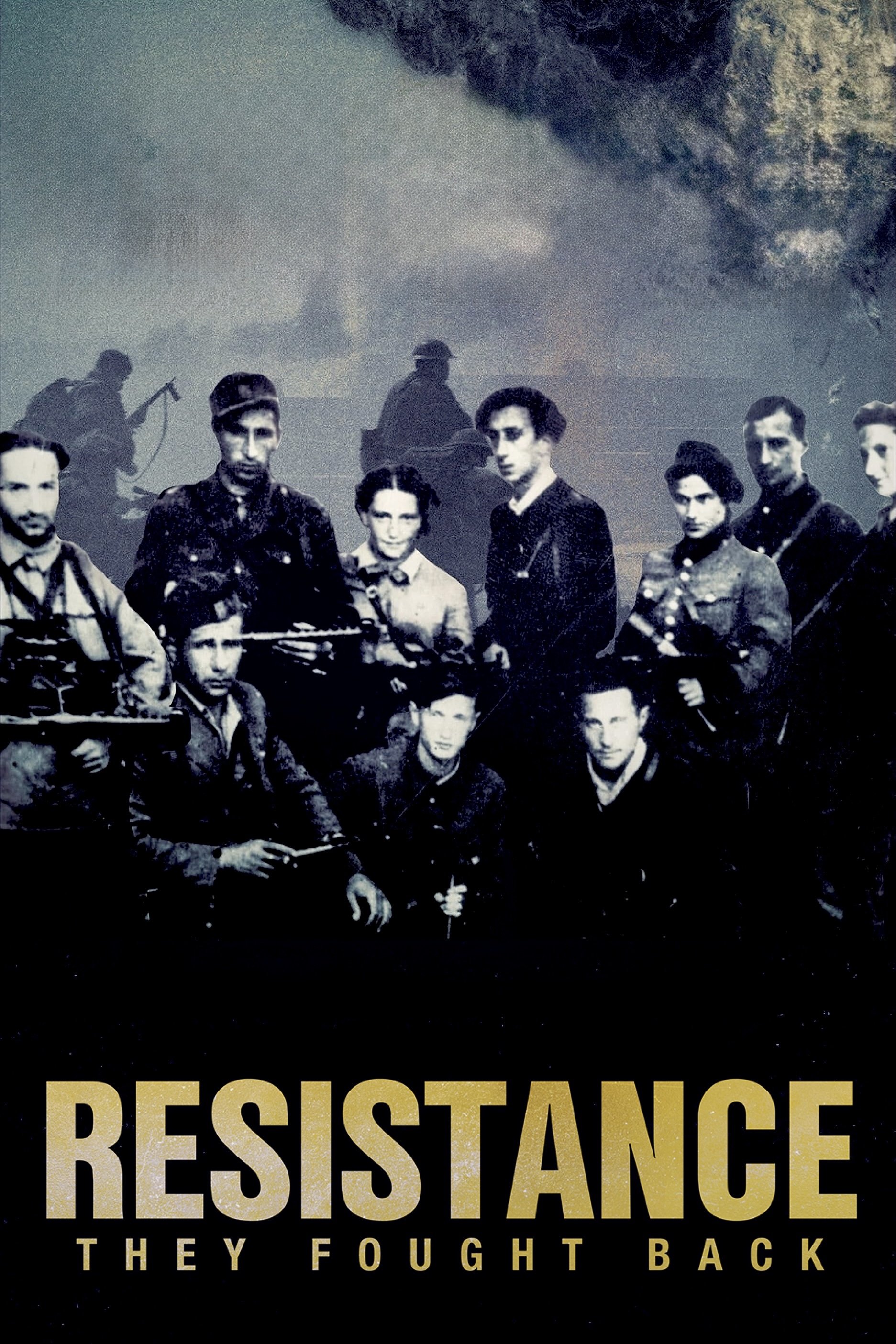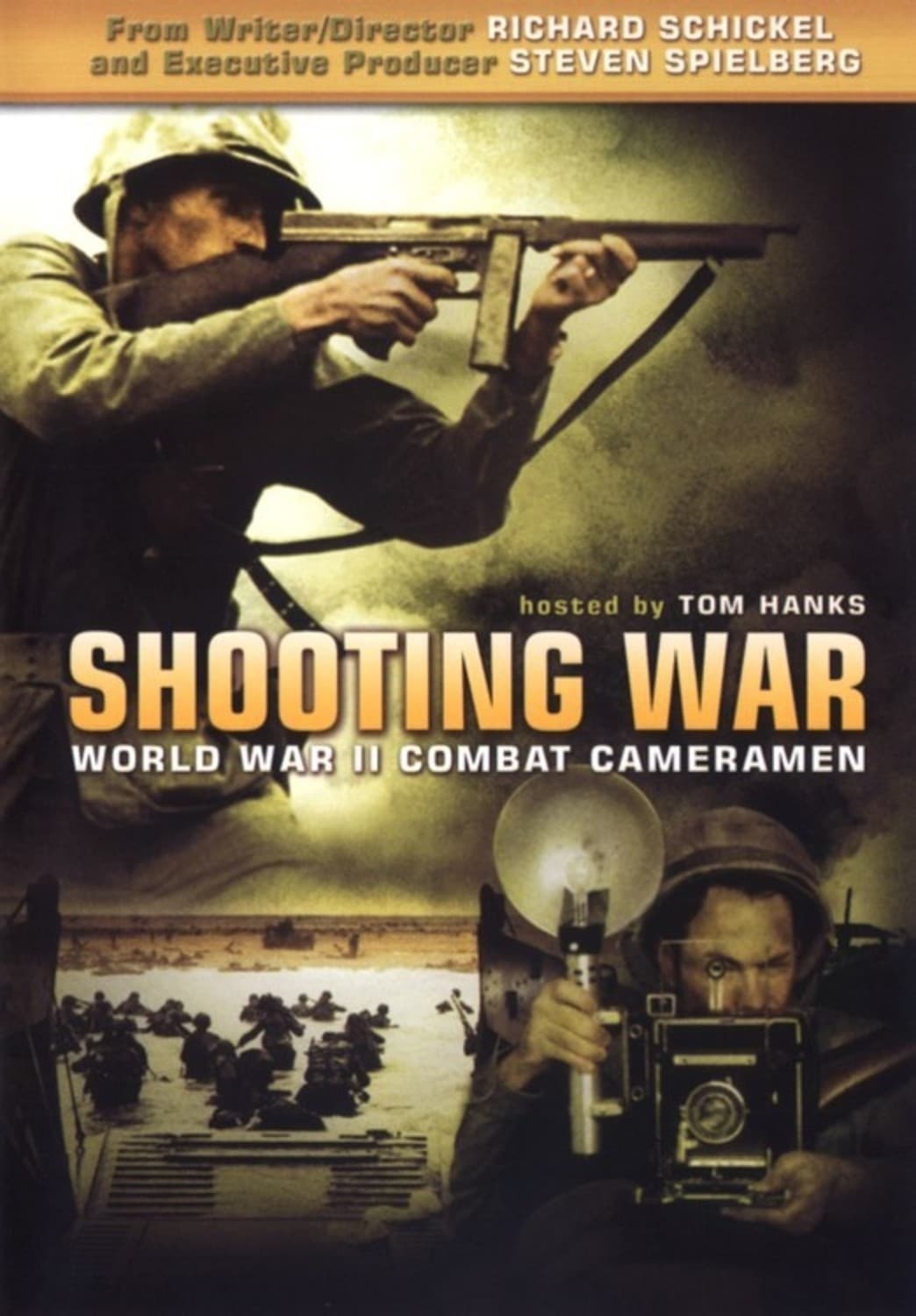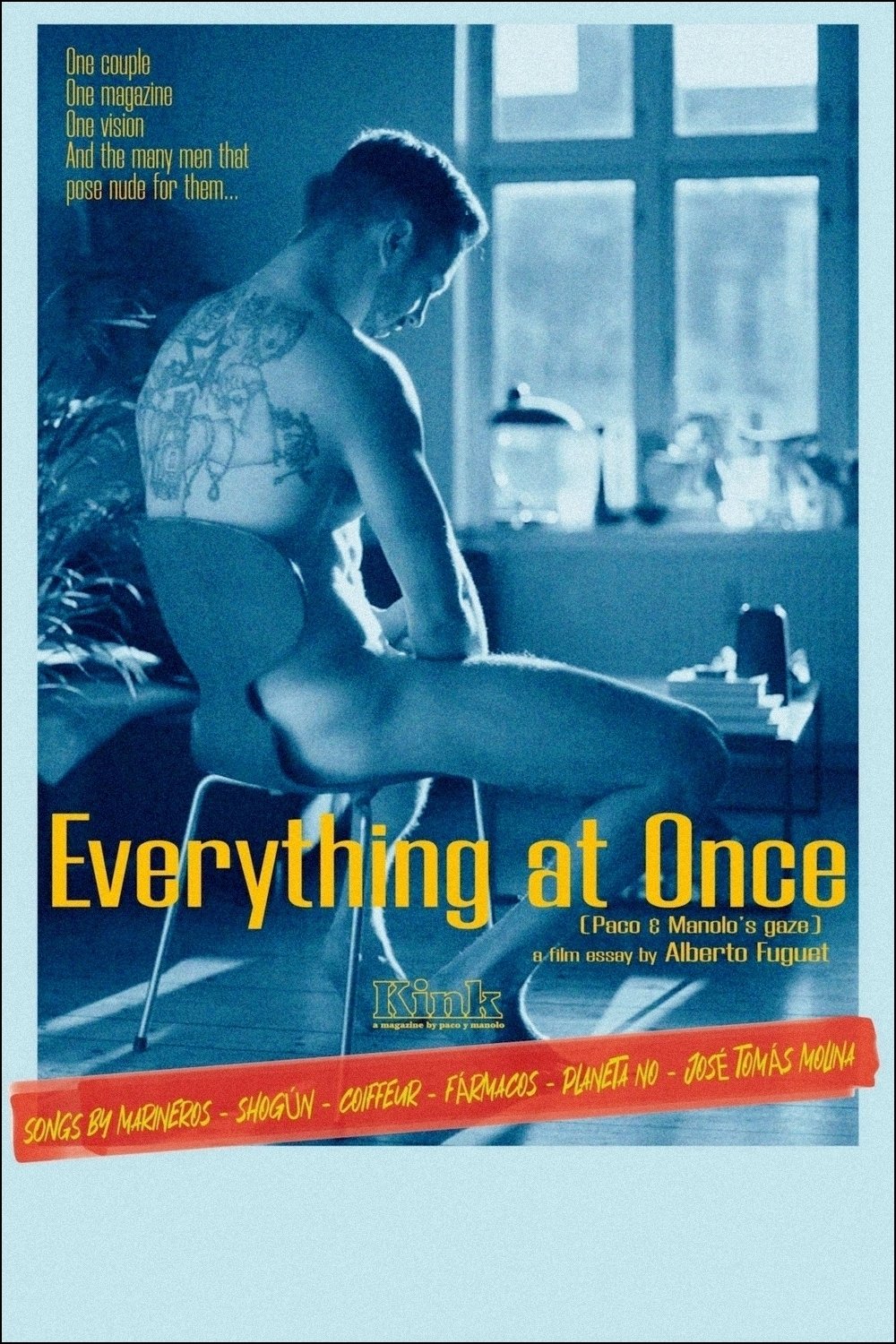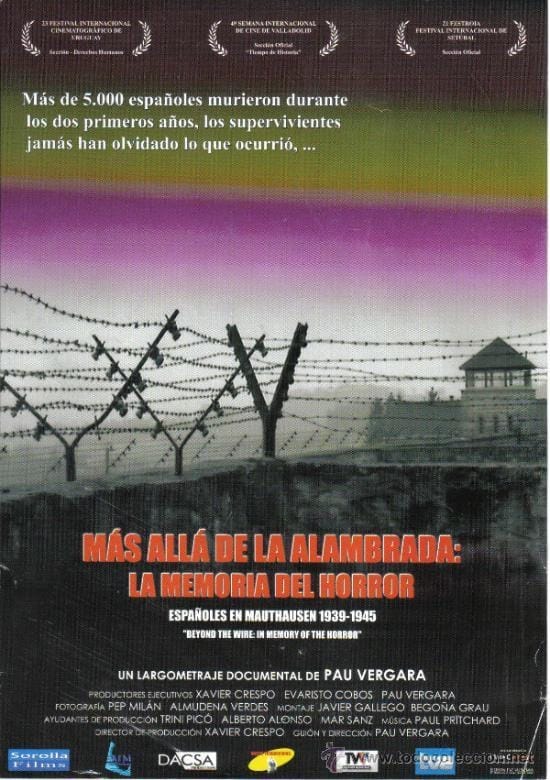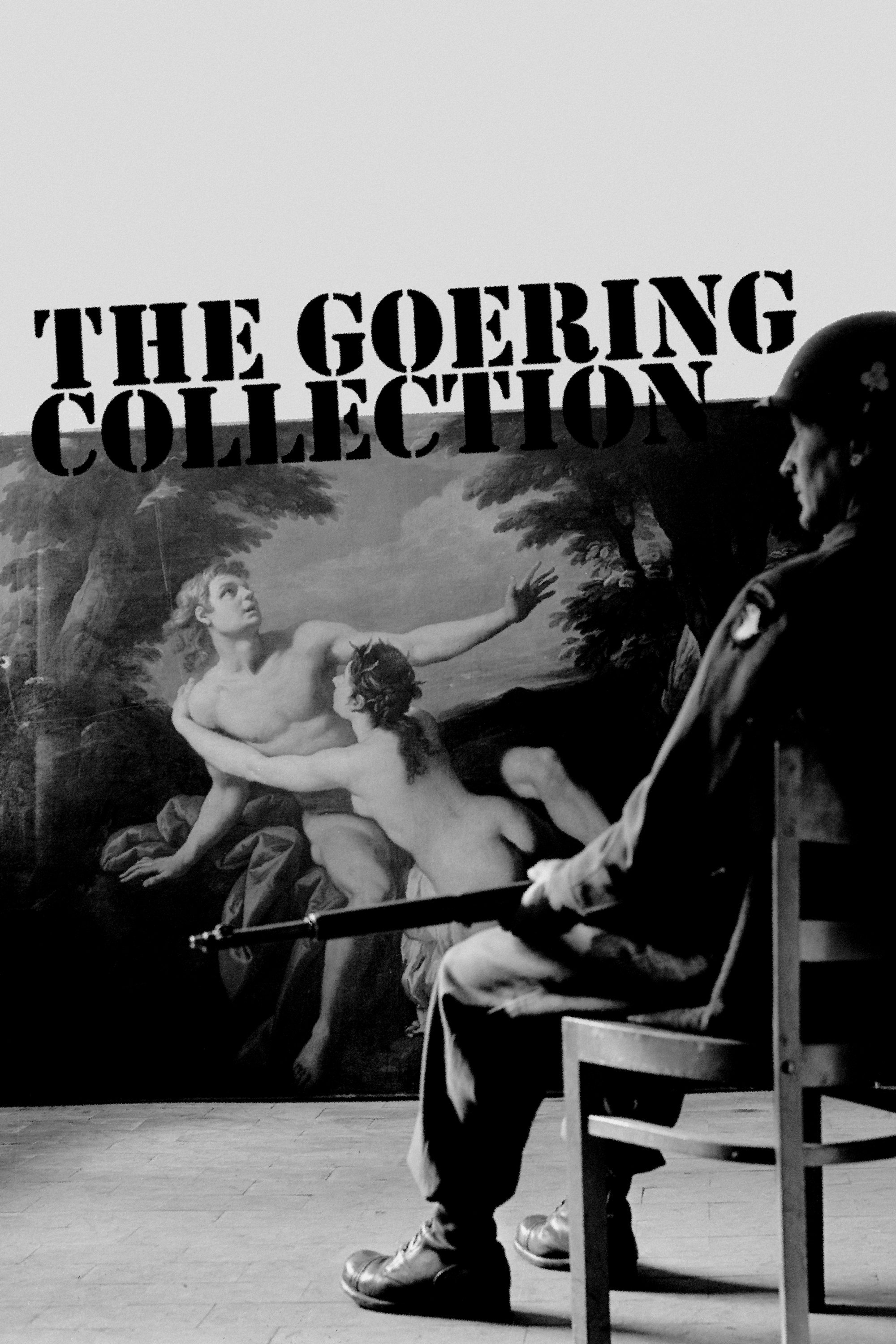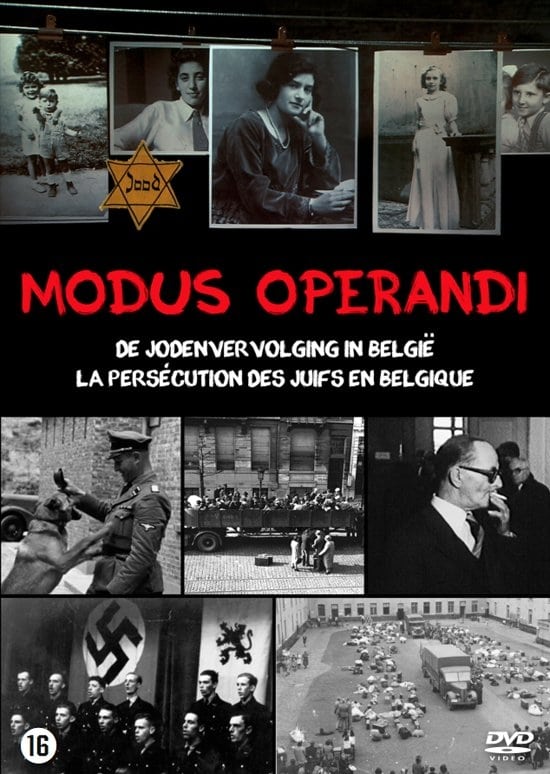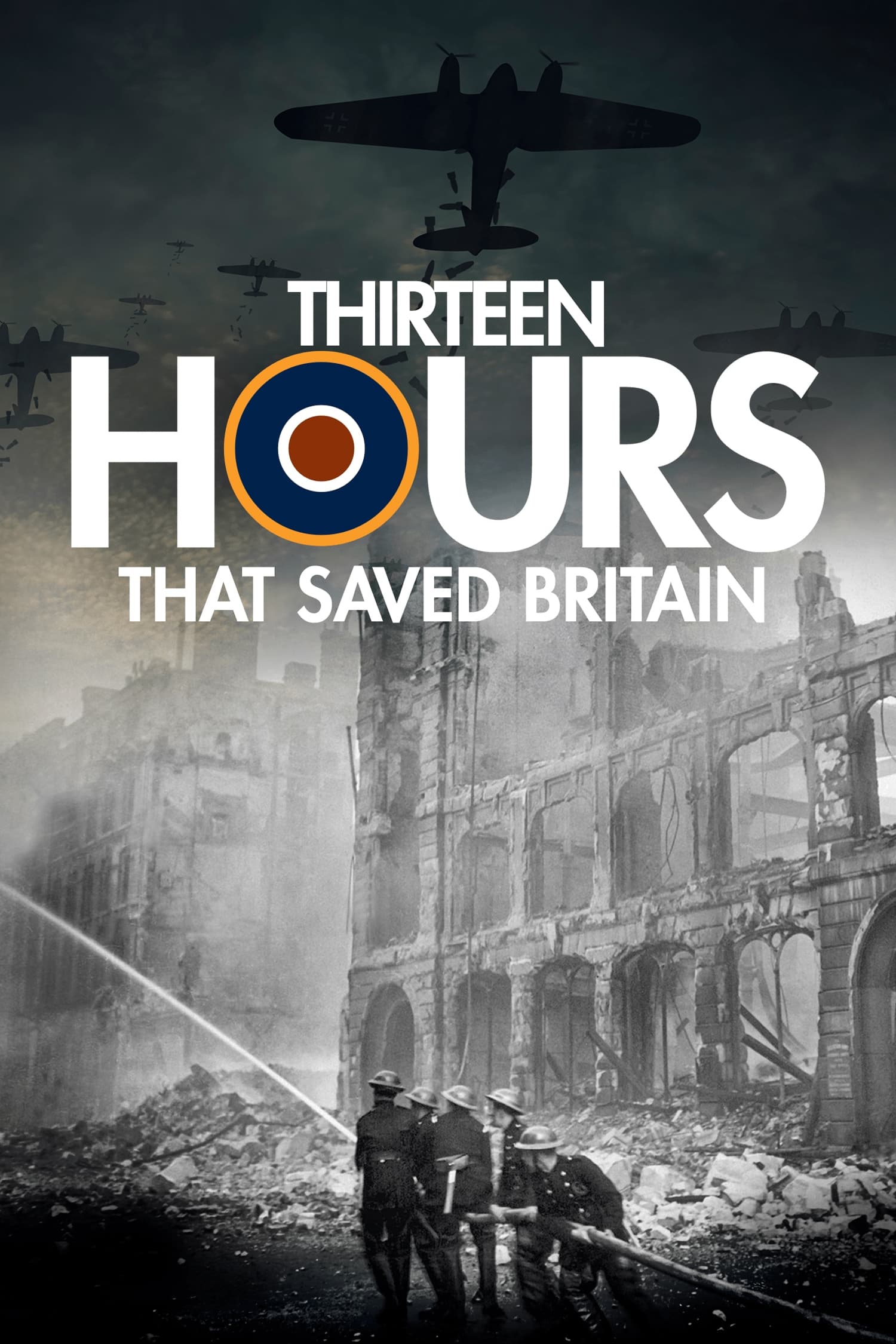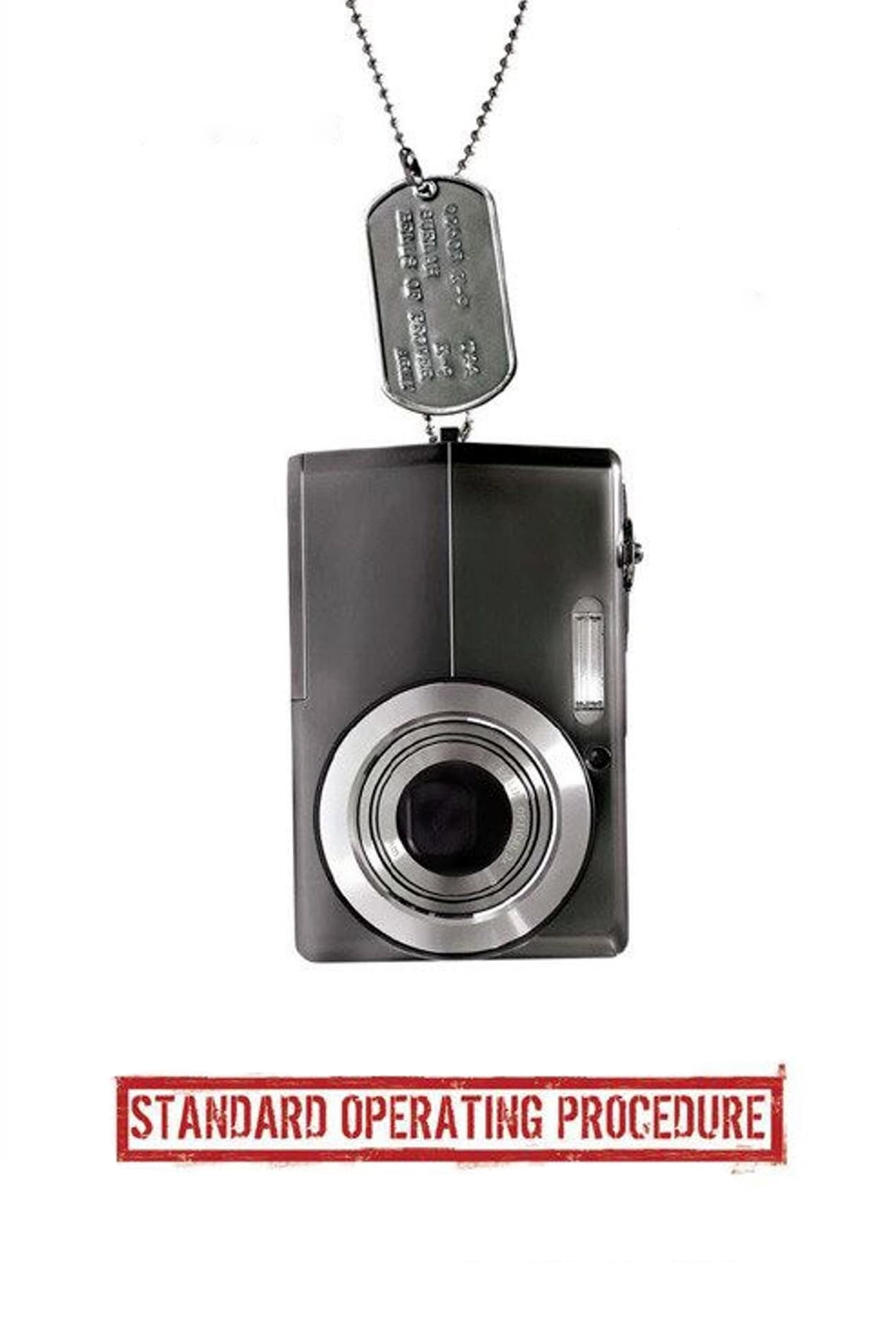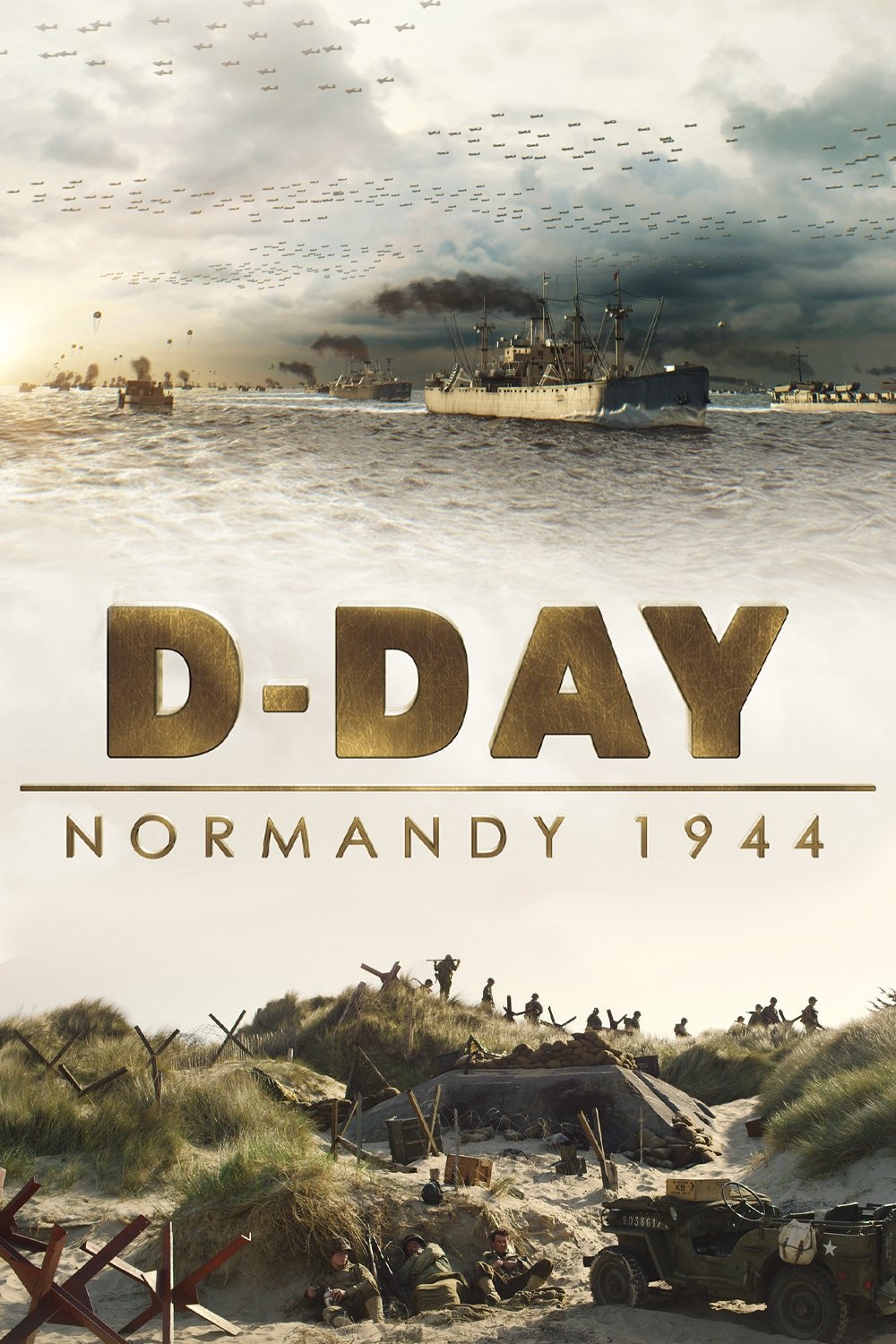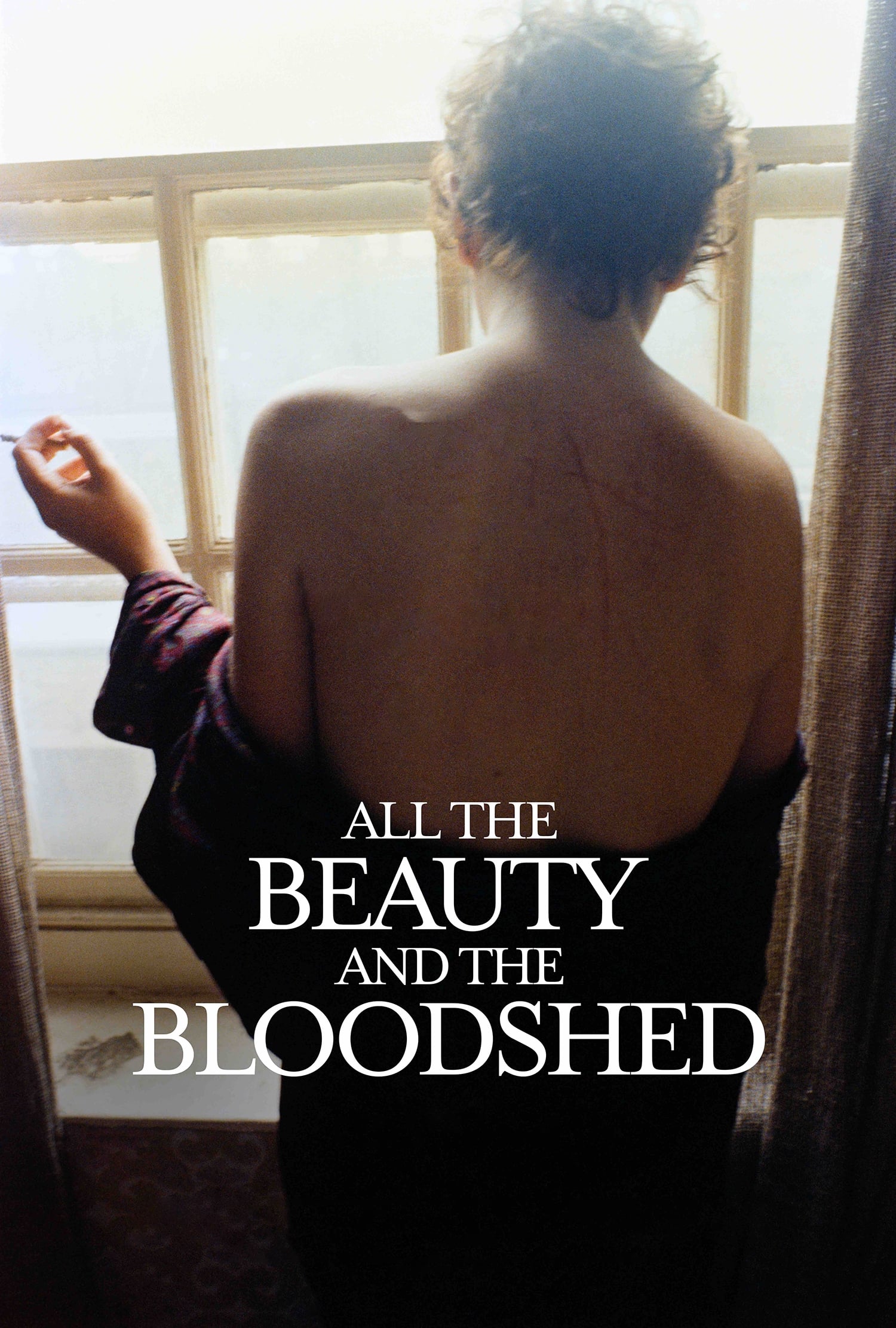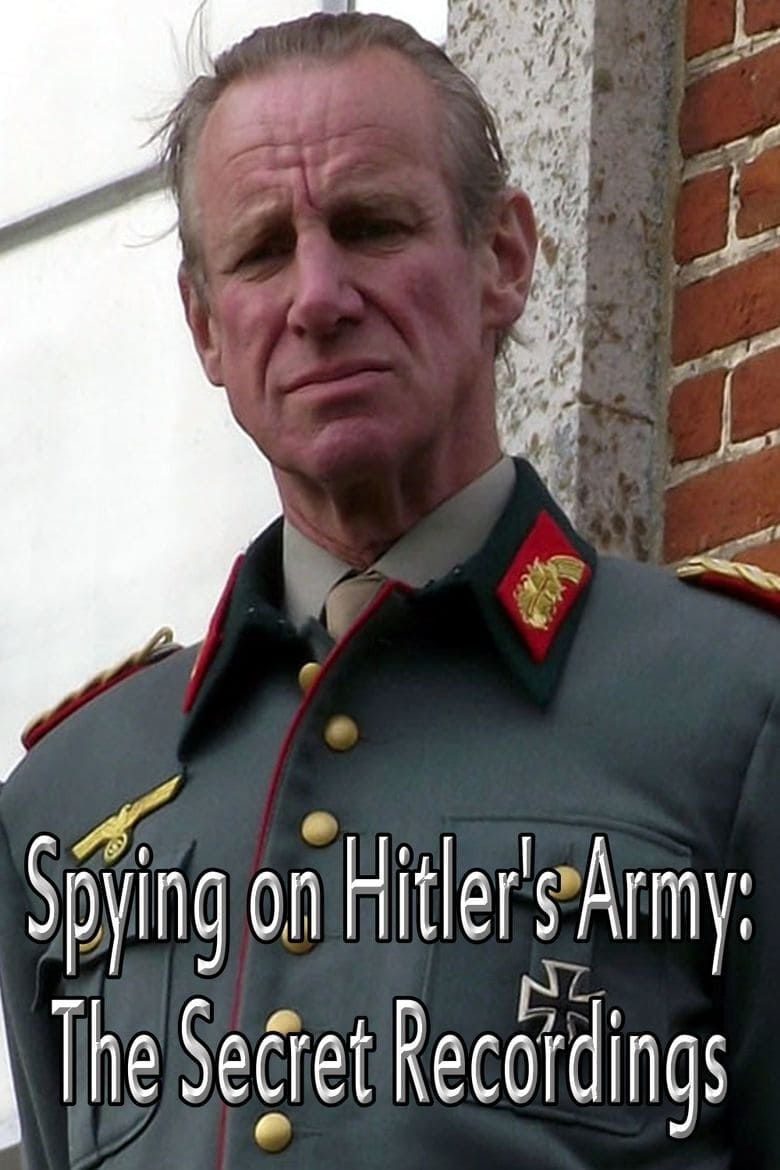Escala de grisos
2021
00.0(0 votes)
Documentary
Overview
Links & Resources
Social & External
Production Companies

Cast & Crew
5 members
Acting
Lourdes Ferriol
Narradora / Margalida Comas
No Image
Acting
Miguel Àngel Torrens
Guillem Bestard
No Image
Acting
Antonia Ferriol
Mercedes Rico
No Image
Acting
Rosa Ferriol
Elsa Seeger
No Image
Acting
Joan Sastre
Guillem Cifre de Colonya
No Image
Similar Movies
Recommended Movies
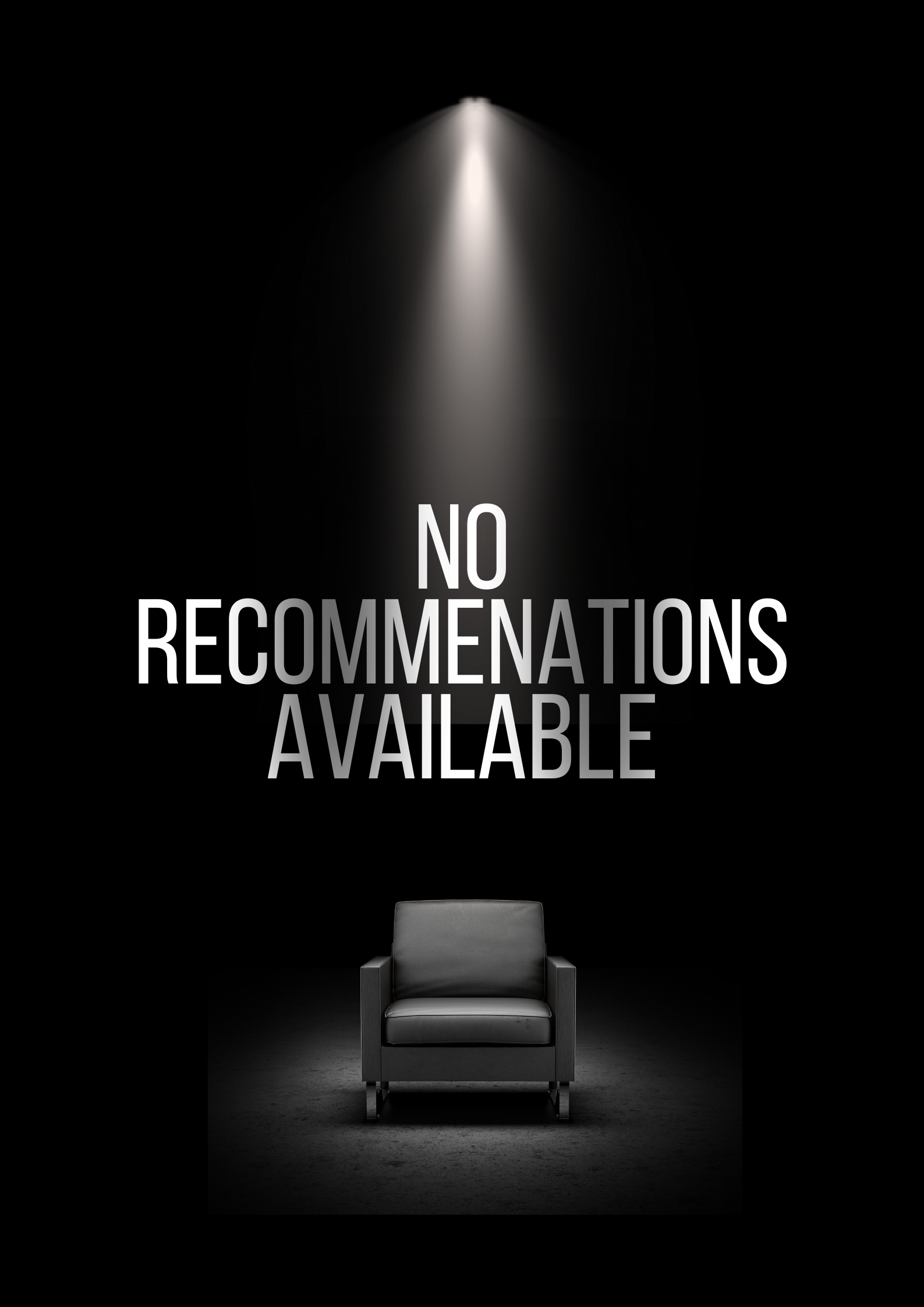
No Recommendations Yet
We're working on finding the perfect movies for you. Check back soon!
More movies coming soon
